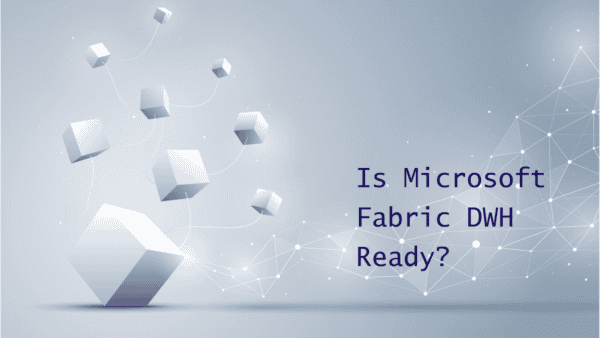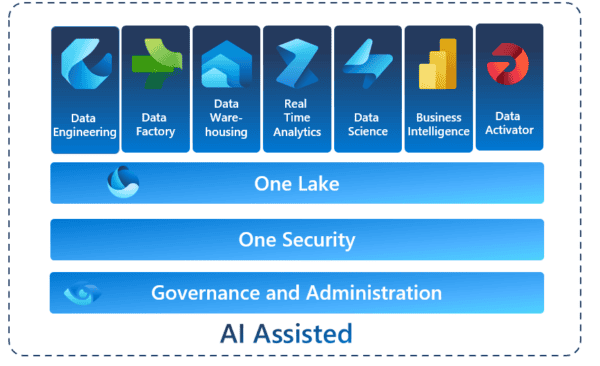As a Fabric administrator, you are always looking for ways to secure your data and analytics workflows in the cloud. That’s why I’m excited to share with you some of the security features that Fabric offers.
Fabric was designed from the outset to protect sensitive assets. It’s built on Azure, which is Microsoft’s public cloud computing platform that provides reliability, scalability, and compliance. Fabric also leverages Azure’s security capabilities, such as conditional access, service tags, and lockbox, to secure your apps and data.
Some of the security features that Fabric provides are:
● Authentication and authorization: Fabric uses Microsoft Entra ID to authenticate users and assign roles and permissions. You can also use Azure Active Directory (Azure AD) to integrate with your existing identity provider and enforce policies.
● Data residency: Fabric allows you to choose the region where your data is stored and processed, based on your compliance and performance requirements. You can also use Azure Data Sovereignty to ensure that your data stays within a specific country or region.
● Data encryption: Fabric encrypts your data at rest and in transit, using industry-standard algorithms and protocols. You can also use your own encryption keys to control access to your data.
● Data recovery: Fabric backs up your data regularly and automatically, using Azure Backup. You can also restore your data from any point in time, using Azure Site Recovery.
If you want to learn more about Fabric security, you can check out these resources:
● Security in Microsoft Fabric – Microsoft Fabric | Microsoft Learn: A high-level overview of the Fabric security architecture and features.
● Microsoft Fabric security fundamentals – Microsoft Fabric | Microsoft Learn: A detailed explanation of how Fabric secures your data and apps, with diagrams and examples.
● Best practices for Azure Service Fabric security | Microsoft Learn A list of recommendations and tips to enhance your security posture with Fabric.
● Get started securing your data in OneLake – Microsoft Fabric | Microsoft Learn This article provides an overview of how to best secure your data estate with the current capabilities in OneLake.
I hope you found this post helpful and informative. If you have any questions or feedback, feel free to leave a comment or message me. Thank you for reading!
About the Author:
Stay up to date on Microsoft Fabric’s security best practices with these quick reading resources!
Reference:











